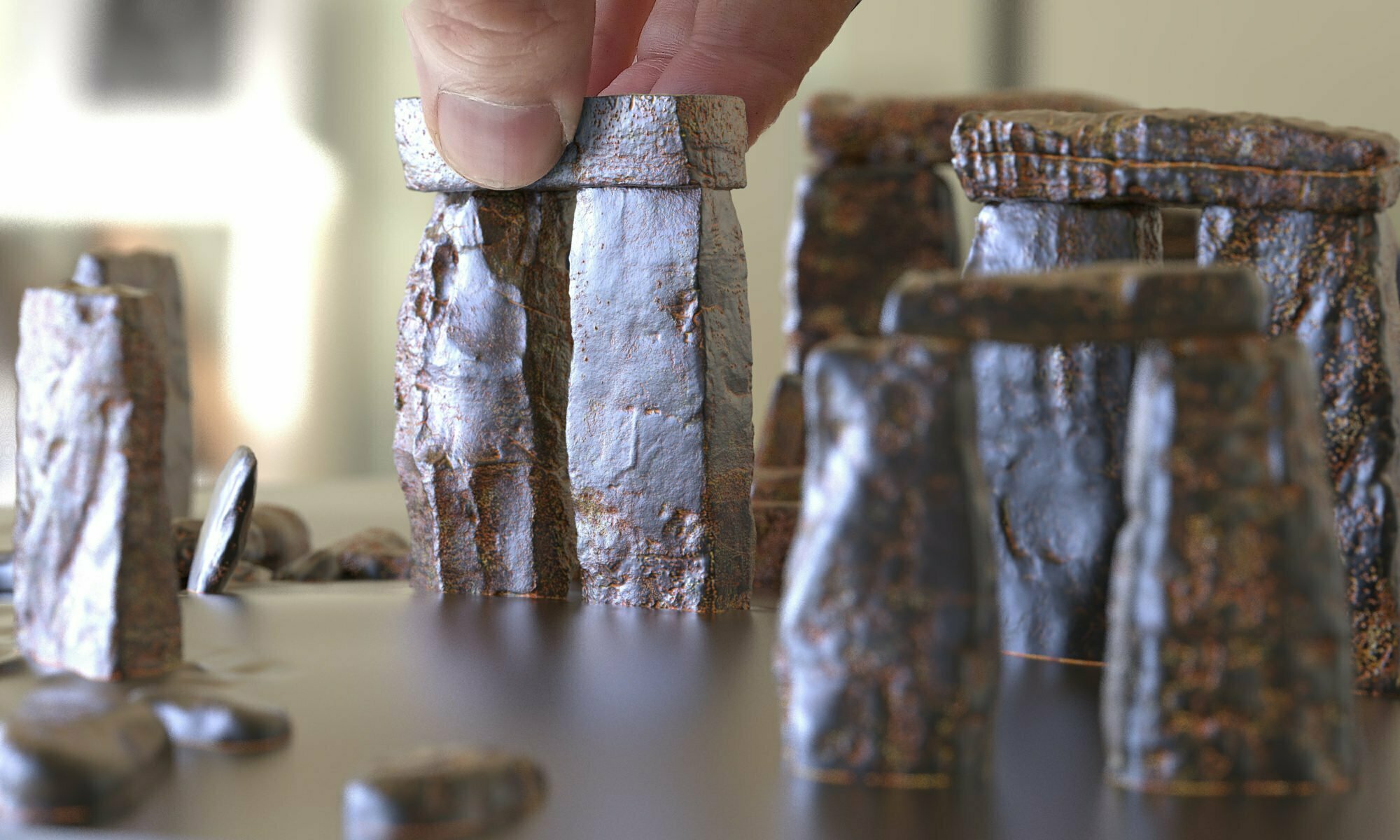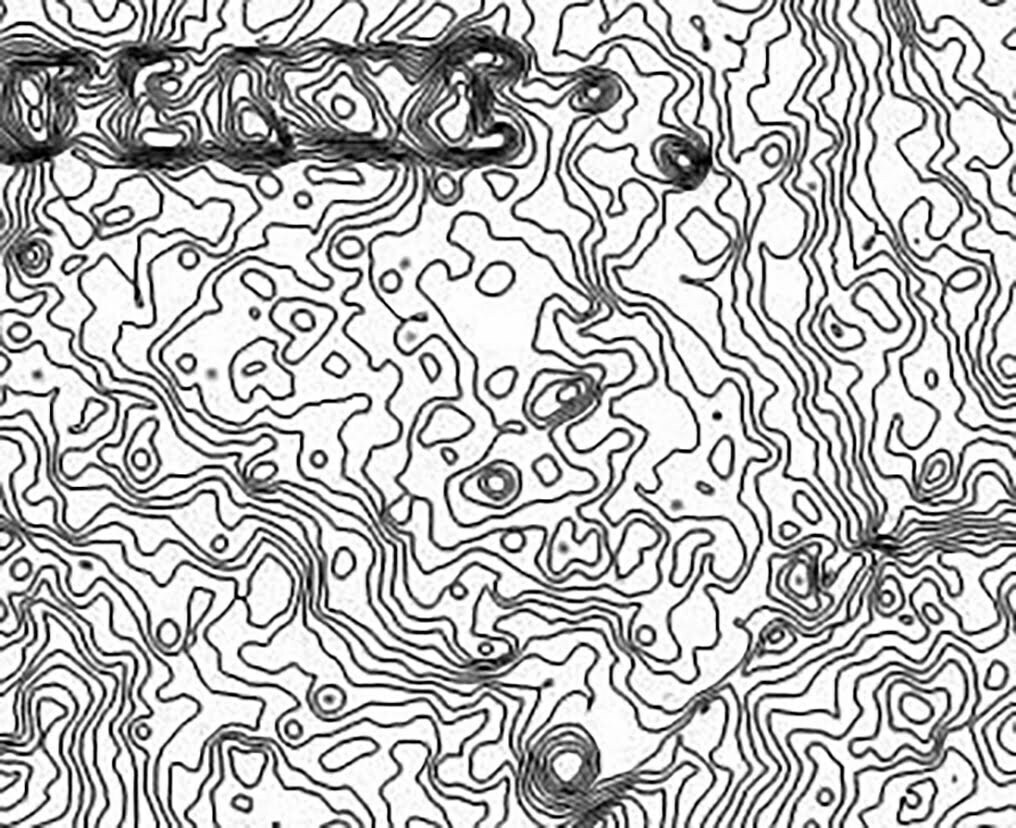Copyright owner? Ugg the Builder
Expired
As the builder’s copyright expired some five thousand years ago, there is no copyright on Stonehenge.
However, if I take a quick snap of Stonehenge with a camera, I’d have copyright over that snap, whether I spent days thinking it through and hours setting it up or even if I just whipped out my compact and took a blurred snap, I’d have copyright over my pictures of Stonehenge.
But since my sculptures are exact models of Stonehenge, I can’t claim copyright since someone else may go through the same process as I did and end up with exactly the same result.
Nearly the same result
Since each 3d print has their own unique print lines giving subtle but quite obvious contour lines – just like a map. It’s this pattern of contour lines that I claim as copyright.
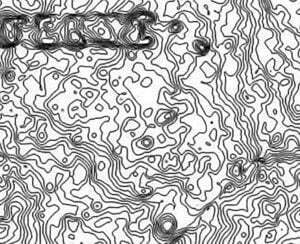
It would be impossible for you, or anyone else to come up with this fingerprint, even if you copied my methods. Since each slicer will output slices depending on the layer height and angle. I say it’s 5µ out of simplicity. But it maybe anything between 4.5 to 5.5µ – my printers’ NZS allows such madness to several decimal places. And the angle of the model on the build plate, is well, infinite.
Copyright
Claimed on new unique creativity
It’s like this: I can’t claim copyright of all t-shirts, but I can claim copyright of a design on a t-shirt. Thus, I can’t claim copyright of all Stonehenge, but I can claim copyright on a design on Stonehenge.
I have added something that is unique, recognisable. If I see these designs on anything: t-shirts, posters, on the internet, or, as it happens, on a plastic representation of Trilithon Two, I reserve the right to call foul.
Derivative works
Of course, some sneaky person, or two, could spray paint, or filler over my models, obliterating the fingerprint and quite legally churn out models of Stonehenge. But, to do so, obliterates the details. And opens them to copying, too.
An equivalent example would be buying an Ordnance Survey fold-up map. And spraying it with white paint so to obliterate the copyrighted material, colours, text, contour lines. You could, then legally resell said map as a white spray painted piece of folded paper. And the notorious OS people wouldn’t be able to pursue you through the courts.
Another way to think about it is: were I to create a Trilithon Two model, with a dragon draped around it. So long as the T2 was perfect, and I mean meant to be perfect, you could exactly copy my idea. You could exactly copy my T2 and drape a different dragon and all would be good. But copy my dragon and woe betide you. If my T2 looked more like a dog poop, you couldn’t copy it, at least not exactly, it would be my copyright on the original lumps ‘n’ bumps on said dog poop.
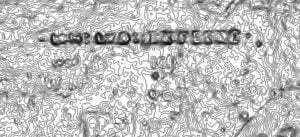
Click on a part to zoom into the contour lines that I’ve applied to Stone 53 of Trilithon Two, Stonehenge, to enable a copyrightable design, or digital fingerprint.
All digital fingerprints here are Copyright Steve Hooker 2018
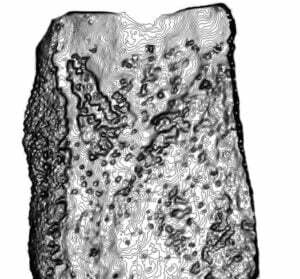 |
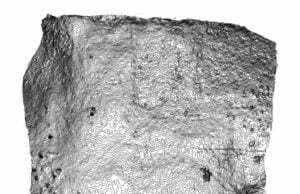 |
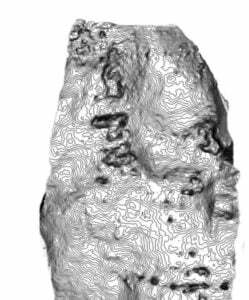 |
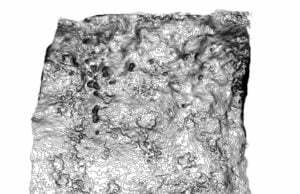 |
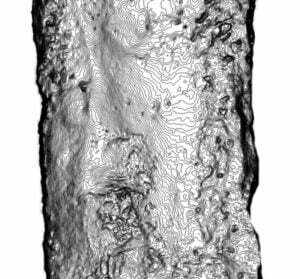 |
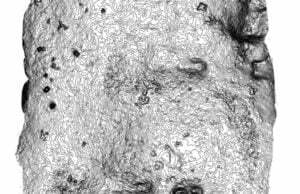 |
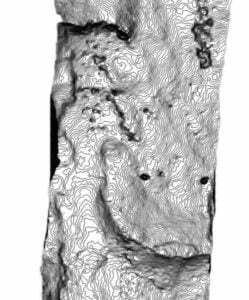 |
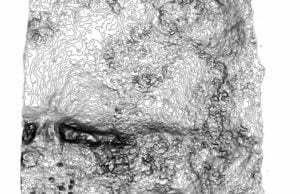 |
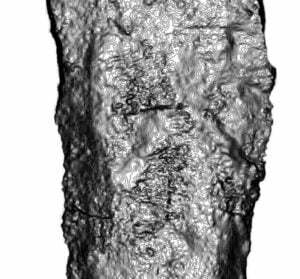 |
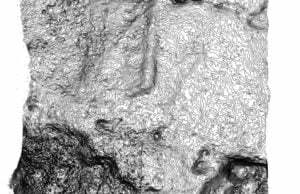 |
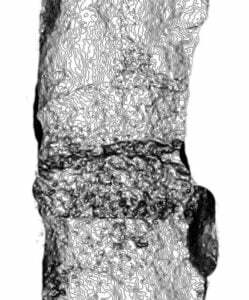 |
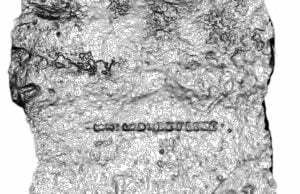 |
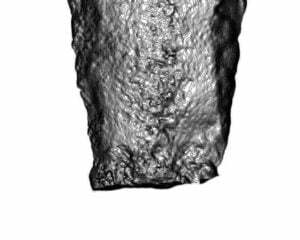 |
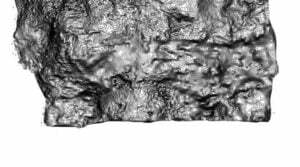 |
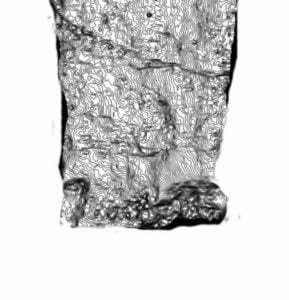 |
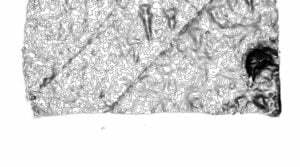 |
